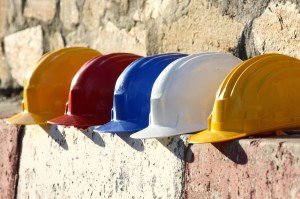If you’re working for oil and gas companies, it’s important to understand your rights and the responsibilities of your employer to keep you safe. The Occupational Safety & Health Administration (OSHA) has safety standards that companies must comply with to ensure a safe working environment for all employees.

Many hazards exist for those working in these fields, many of which involve heavy equipment, getting stuck in or between machines or equipment/parts, vehicle collisions, fires and explosions, high pressure lines and equipment, and electrical hazards (or other hazardous energy). OSHA lists on its website the hazards and risks involved in working at well drilling sites, ways to prevent accidents, and training tips to minimize risks when working.
Vehicle Collisions
Because these drilling well sites can be in far or remote locations, transporting equipment and machinery long distances is a major part the job. OSHA reports that 40% of all work related deaths are due to a work related vehicular incident. OSHA has recommendations for employers to help prevent these incidents. These prevention suggestions include maintaining policies that keep managers responsible for setting and enforcing driver safety, mandatory safety belt rules, not requiring workers to drive late hours or irregular hours, not requiring the use of a cell phone while driving, and developing schedules that allow employees to obey speed limits and applicable hours-of-service regulations.
OSHA also recommends that employers have a vehicle maintenance program and use vehicles that have the highest levels of protection for driver and passengers. Your employer should also have up to date safety programs that teach workers how to recognize driver fatigue and in-vehicle distractions. If the vehicle you are using is a specialized vehicle or uses specialized equipment, your employer should provide training for you to use them. OSHA also recommends that employers emphasize the need for everyone to follow safe driving on and off the job site.
Being struck by, caught in, or caught in between equipment
OSHA reports that about 3 of 5 work related deaths in oil and gas extraction occur because of struck-by/caught-in/caught-between hazards. Reasons for these risks are moving vehicles and equipment, falling equipment, and high-pressure lines. OSHA has guidance and standards for controlling these standards that include protection for eyes and face (providing goggles and masks), head protection (like providing hard-hats), foot protection (like steel-toed boots), hand protection (like gloves), and providing safety training for operating machinery and equipment.
Explosions and Fires
Explosions and Fires are major risks in the oil and gas industry because of the possible ignition of flammable vapors or gases like hydrogen sulfide that “can be released from wells, trucks, production equipment, or surface equipment such as tanks and shale shakers.” Risks of ignition can be lighting a cigarette (or other open flames), lightning, cutting and welding tools, and frictional heat.
OSHA provides standards and safety regulations for these risks that controls flammable and combustible liquids, storage and handling of those liquids, fire protection and procedures, requirements for flame-resistant clothing, and safety classes and programs, and procedures for handling explosions or fire emergencies.
More information about these regulations and standards can be found on OSHA’s website.
If you have been injured in an oil and gas extraction accident it is important that you seek medical treatment immediately and contact an oil and gas accident attorney. An oil and gas accident attorney at Lambert Zainey can help determine who is liable and can file a claim for lost wages, medical expenses, and pain and suffering. Contact an attorney at Lambert Zainey by calling 1-800-521-1750.







